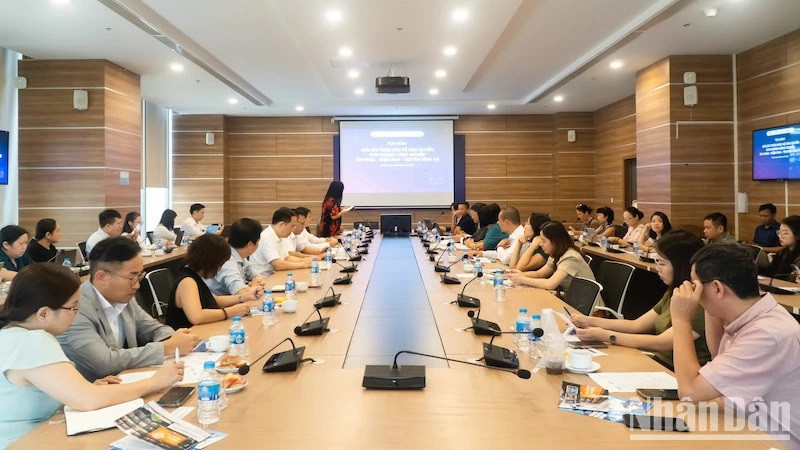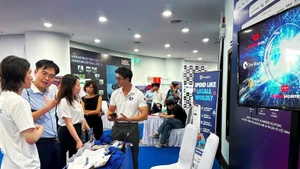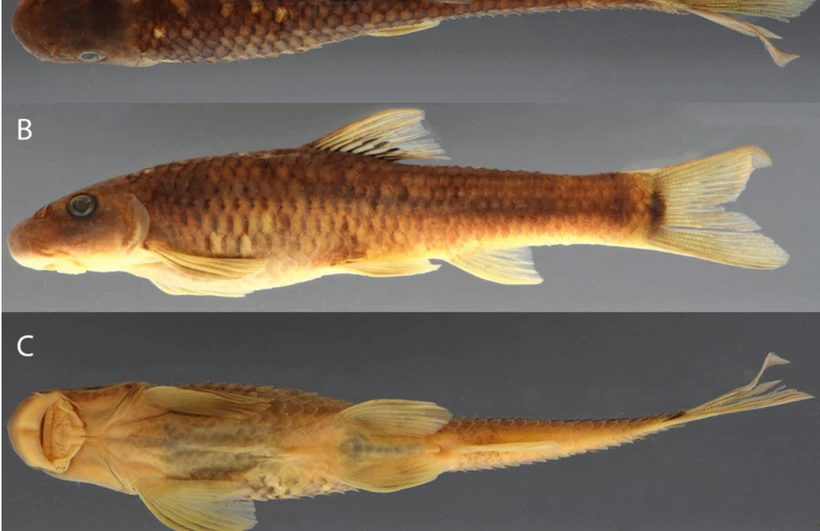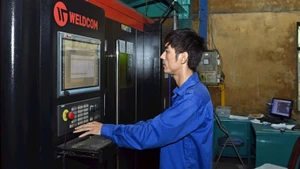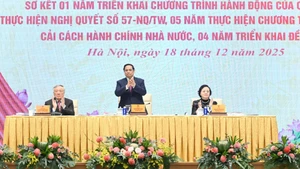This was main content of the seminar "Solving the problem of copyright protection for the music, film and digital television industries" that was co-organised by the Vietnam Digital Content Creation Alliance, the Vietnam Digital Communication Association, and Thu Do Multimedia in Hanoi on September 26.
Discussing the hot issue and many intersecting fields, the seminar attracted the participation of many experts in film, television, media, technology, lawyers, and managers. Participants provided suggestions to increase the effectiveness and efficiency of copyright protection for Vietnam's music, film, and digital television industries in the coming time.
Speaking at the opening of the seminar, Vu Kiem Van, Vice President and General Secretary of the Vietnam Digital Communications Association (VDCA), said: "The issue of content copyright protection, especially in the current context of digital transformation, is facing a many serious challenges.”
According to data from SimilarWeb, there are currently about 70 pirated football websites, with more than 1.5 billion views in the years 2022 and 2023. In addition, SimilarWeb's data also shows that there are more than 200 pirated movie websites attracting about 120 million views per month, the top 10 of which have more than 66 million views per month.
Statistics show a loss of 65 billion USD in the three global film, music, and television industries in 2022, while in Vietnam in 2022 this number is about 348 million USD, equivalent to about 7 trillion VND. Copyright infringement in Vietnam ranks 3rd in Southeast Asia and 9th worldwide.
Although there have been many solutions and community cooperation on copyright protection, the effectiveness is still on a small scale and not enough to stop and repel copyright infringement in movies, music, and digital television industries.
At the seminar, participants continued to share experiences in dealing with this problem.
Accordingly, there are three groups of solutions. Two traditional ways have existed for a long time: one is technical solutions — new technologies are continuously developing features to encrypt content or retrieve violations; the second are legal measures to support copyright owners, including in administrative, civil, and criminal law.
The third group of solutions is a new trend, which has been successfully applied in many advanced countries around the world, which is access blocking and "Knock and Talk".
Regarding the technology solution group, it can currently be said that solutions integrating artificial intelligence (AI) will contribute to protecting digital content copyright.
